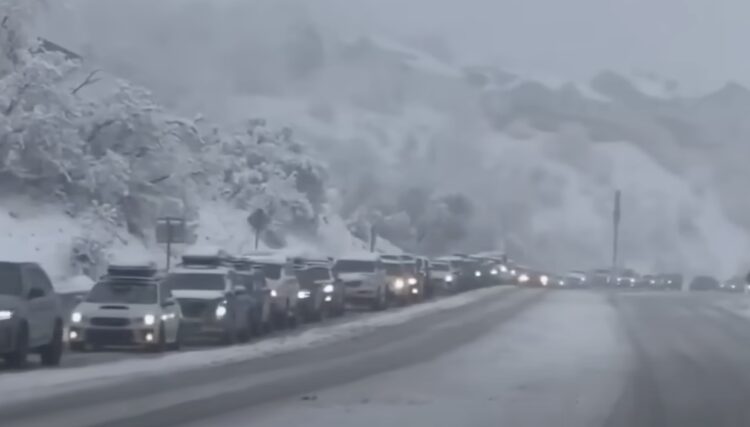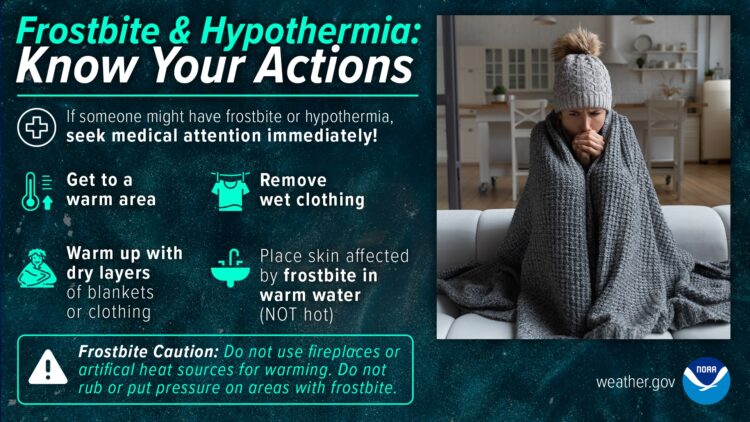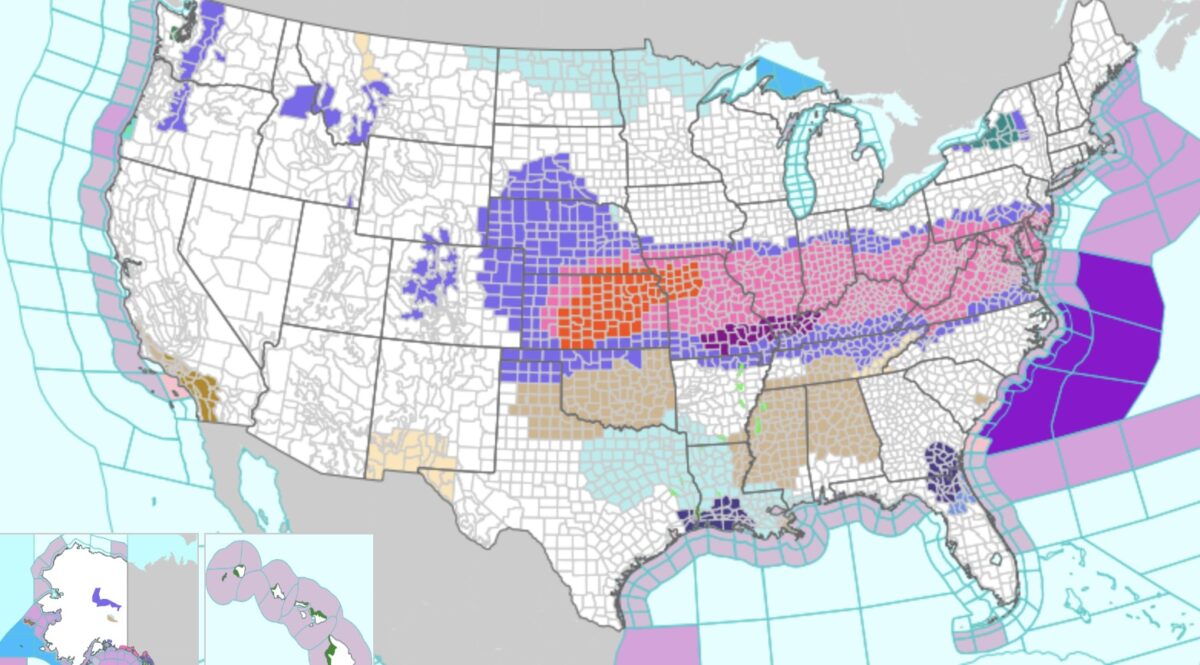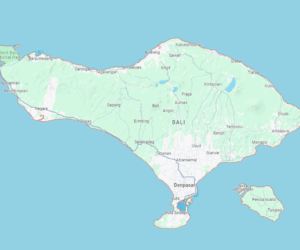A major winter storm has recently hit the United States, with over 60 million people across 30 states facing hazardous weather conditions, including intense cold, heavy snow, and ice. The storm, fueled by a polar vortex, is causing significant disruptions to daily life, including travel delays, power outages, and severe weather risks in southern states unaccustomed to such cold. Here’s what you need to know and how you can prepare, whether you’re traveling for business or managing a business impacted by the storm.
Understanding the Storm: Polar Vortex and its Impact
A polar vortex refers to an area of low pressure and cold air that typically resides around the North and South Poles. Occasionally, this vortex shifts southward, sending frigid air across large parts of North America. The current storm, which is moving eastward after initially striking the central U.S., is expected to bring the heaviest snowfall and coldest temperatures in over a decade.
States like Kansas, Arkansas, Kentucky, and Virginia have declared states of emergency, while southern regions such as Mississippi and Florida are also experiencing dangerous cold and icy conditions. As the storm progresses, cities in the Mid-Atlantic and central Appalachians will likely see heavy snow and freezing conditions, while areas across the Plains and Midwest face extreme cold, with wind chills dropping to dangerous levels.
Impact on Travel: Be Prepared for Disruptions

Travelers are facing significant disruptions due to the storm. Airports in impacted regions are experiencing delays and closures, while major highways are being shut down due to treacherous conditions.
- Air Travel Delays:
Kansas City International Airport closed briefly on Saturday as crews worked to clear runways, delaying dozens of flights, including one transporting the Kansas City Chiefs. Denver International Airport also led the globe in flight delays, with nearly half of the departures on Saturday experiencing delays. Travelers can expect similar disruptions at airports along the storm’s path. - Ground Travel:
In areas like Kansas, Missouri, and Illinois, significant snow accumulation and wind gusts of up to 40 mph have resulted in road closures. The Interstate 70 corridor in Kansas was shut down for an 18-mile stretch due to a blizzard, while several other regions are under blizzard warnings. With snow expected to accumulate up to 15 inches in some areas, driving conditions are expected to be hazardous or even impossible.The National Weather Service has warned that many roads will be impassable, urging people to stay off the roads if possible. If travel is necessary, ensure your vehicle is prepared with snow chains, emergency supplies, and a full gas tank. - Flight Disruptions and Cancellations:
With winter storms hitting multiple regions, flight cancellations and delays are expected to continue, especially in major hubs like Chicago, St. Louis, and Cincinnati. According to FlightAware, nearly 7,000 flights were delayed on Saturday, and the disruptions are likely to continue for days. Major airlines, including American, Delta, Southwest, and United, are waiving change fees, allowing passengers to rebook without penalty. If you’re traveling, check with your airline frequently for updates on your flight status.
Business Tips: Navigating the Storm

For business owners and entrepreneurs, the winter storm presents several challenges, particularly with regard to employee safety, supply chain disruptions, and maintaining productivity. Here are some tips to help navigate the storm:
- Communicate with Employees:
Ensure that employees are aware of the storm’s impact, especially if they are in affected areas. Implement flexible work policies, such as remote work or altered hours, to accommodate weather-related disruptions. Keep open lines of communication regarding any changes in scheduling or operations. - Plan for Power Outages:
The extreme cold and heavy snow are likely to cause power outages, particularly in the northern Plains and Midwest. Make sure your business has backup generators, and review your emergency response plan to ensure minimal disruption. If your business relies on IT or telecommunications, have contingency plans for digital systems, including cloud-based storage and backup power supplies. - Manage Supply Chain Disruptions:
The storm’s impact on transportation networks may cause delays in the shipment of goods. Monitor supply chain routes and stay in contact with suppliers and transportation providers to manage any potential delays. In cases where delays are unavoidable, proactively communicate with customers about shipment times. - Prepare for Lower Foot Traffic:
If your business operates in an area affected by the storm, you may see a reduction in customer visits due to hazardous travel conditions. Consider offering online sales or take-out services if applicable, and leverage digital marketing to encourage remote purchases. Additionally, ensure that your staff is equipped to handle increased demand for deliveries or online orders. - Adjust Meeting Plans:
With transportation delays and extreme weather conditions, in-person meetings may need to be rescheduled or moved to virtual platforms. Use video conferencing tools to stay connected with clients, partners, and employees. If possible, allow employees to work from home, especially if the weather makes commuting unsafe.
Safety Tips for Travelers and Residents

Whether you’re traveling or staying at home, staying safe during such severe weather is crucial. Here are a few safety tips:
- Stay Informed:
Keep up with weather updates through the National Weather Service and local news outlets. Consider downloading weather apps for real-time alerts on road closures, flight delays, and emergency information. - Dress in Layers:
Temperatures will drop to extreme lows, especially in the northern regions, where wind chill values could plummet to -40°F. Dress in multiple layers, covering exposed skin to prevent frostbite, and wear a hat and gloves to protect your extremities. - Be Ready for Emergencies:
Keep an emergency kit in your car with blankets, bottled water, non-perishable food, a flashlight, and a first-aid kit in case you get stranded. If at home, make sure you have enough heating fuel, batteries, and flashlights to last several days if power goes out.
Anticipate the Winter Storm
The major winter storm hitting the U.S. is a reminder of how unpredictable and powerful nature can be. Travelers need to remain vigilant, expect significant delays, and have contingency plans in place. Business owners should proactively adjust their operations to minimize disruptions and keep employees and customers safe. By staying informed, prepared, and flexible, you can navigate through this challenging weather event with greater ease and efficiency.
As the storm moves eastward, we can only hope that the coming days will see improvements in the weather. In the meantime, safety and preparedness should be your top priorities.




